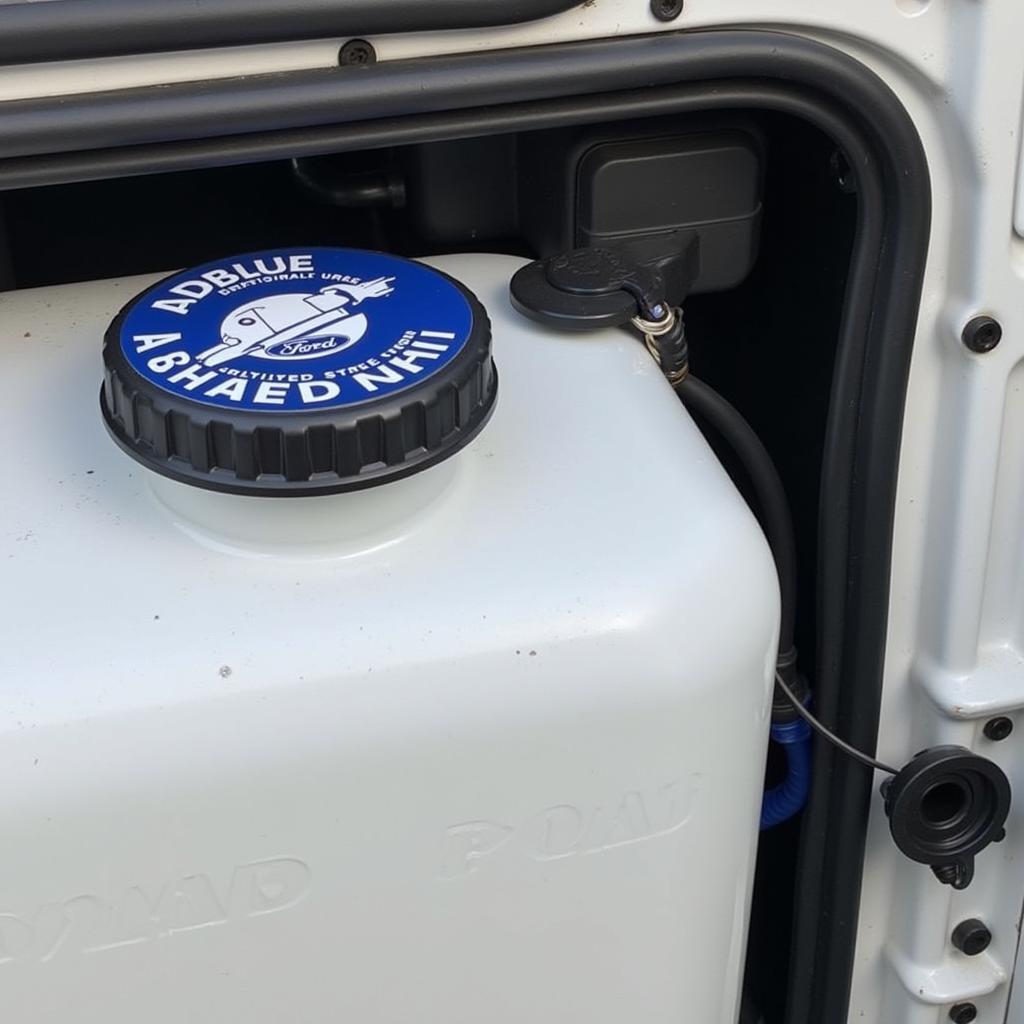Connecting your Arduino to your car’s audio system opens up a world of possibilities, allowing you to stream music, make hands-free calls, and even add voice control features. This comprehensive guide explores everything you need to know about setting up your own Arduino Bluetooth car radio, from choosing the right components to troubleshooting common issues.
Understanding the Core Components
The heart of your Arduino Bluetooth car radio lies in a few key components. Choosing the right ones will ensure a seamless and enjoyable audio experience. Firstly, you’ll need a compatible Arduino board. The Arduino Uno and Nano are popular choices due to their affordability and ease of use. Next, a Bluetooth module is essential. The HC-05 and HC-06 are widely available and offer reliable wireless connectivity. Finally, an amplifier is crucial for powering your car speakers and providing a clear, powerful sound. Choosing a suitable amplifier will depend on your car’s audio system and power requirements.
Building Your Arduino Bluetooth Car Radio
Building your Arduino Bluetooth car radio is a rewarding project that can enhance your in-car entertainment system. Let’s break down the process into manageable steps.
-
Gather Your Materials: This includes your chosen Arduino board, Bluetooth module, amplifier, connecting wires, breadboard (for prototyping), and a power supply suitable for your car’s electrical system.
-
Connect the Bluetooth Module: Carefully connect the Bluetooth module to your Arduino board following the wiring diagram specific to your chosen module. Typically, this involves connecting the VCC and GND pins to the Arduino’s power and ground, and the RX and TX pins to the Arduino’s digital pins.
-
Connect the Amplifier: Wire the amplifier to the Arduino and the car’s speakers. Ensure correct polarity to avoid damage. Remember to incorporate a volume control mechanism into your circuit.
-
Upload the Code: Upload the Arduino code to control the Bluetooth module and audio output. Sample code can be found online and modified to fit your specific needs.
-
Testing: Power up the circuit and pair your smartphone or other Bluetooth-enabled device to the HC-05 or HC-06 module. Play music to test the functionality.
 Arduino Bluetooth Car Radio Wiring Diagram
Arduino Bluetooth Car Radio Wiring Diagram
Troubleshooting Common Issues
Encountering challenges during the setup process is normal. Here are some common issues and their solutions:
-
No Bluetooth Connection: Double-check the wiring and ensure the Bluetooth module is powered correctly. Try restarting the module and your smartphone.
-
Poor Sound Quality: Check the amplifier connections and ensure the volume control is functioning correctly. Adjust the amplifier gain if necessary.
-
Interference: Try moving the Arduino and Bluetooth module away from other electronic devices in the car. Shielding the wires can also help reduce interference.
 Troubleshooting Arduino Bluetooth Connection Issues
Troubleshooting Arduino Bluetooth Connection Issues
Advanced Features and Customization
Once you’ve got the basic setup working, explore advanced features like voice control using a voice recognition module, integrating with existing car controls, and creating a custom interface.
Integrating with Existing Car Controls
You can integrate your Arduino Bluetooth car radio with existing car controls, such as the steering wheel buttons, using interface modules. This allows you to control the volume and track selection without needing to touch your phone.
Voice Control Integration
Adding voice control functionality to your Arduino Bluetooth car radio opens up a new dimension of convenience and safety.
 Integrating Voice Control with Arduino Bluetooth Car Radio
Integrating Voice Control with Arduino Bluetooth Car Radio
Conclusion
Building an Arduino Bluetooth car radio is a fantastic project that combines electronics, coding, and automotive technology. By following this guide, you can enjoy a personalized in-car entertainment system with advanced features tailored to your preferences. So, gather your components and start building your very own Arduino Bluetooth car radio today!
FAQ
-
Can I use any Bluetooth module with my Arduino? While many Bluetooth modules are compatible with Arduino, ensure it supports the Serial Port Profile (SPP) for audio streaming.
-
What type of amplifier should I use? Choose an amplifier that matches your car speakers’ impedance and power requirements.
-
Do I need coding experience for this project? Basic Arduino coding knowledge is helpful, but many online resources and sample codes are available to guide you.
-
How can I improve the audio quality? Use high-quality components, ensure proper grounding, and minimize interference.
-
Can I add more features to my Arduino car radio? Yes, the Arduino platform offers flexibility to add features like voice control, GPS integration, and more.
-
What power supply should I use? Use a 12V DC power supply regulated for car use to power the Arduino and other components.
-
Where can I find example code for this project? Numerous online forums and websites offer example code for Arduino Bluetooth car radio projects.


